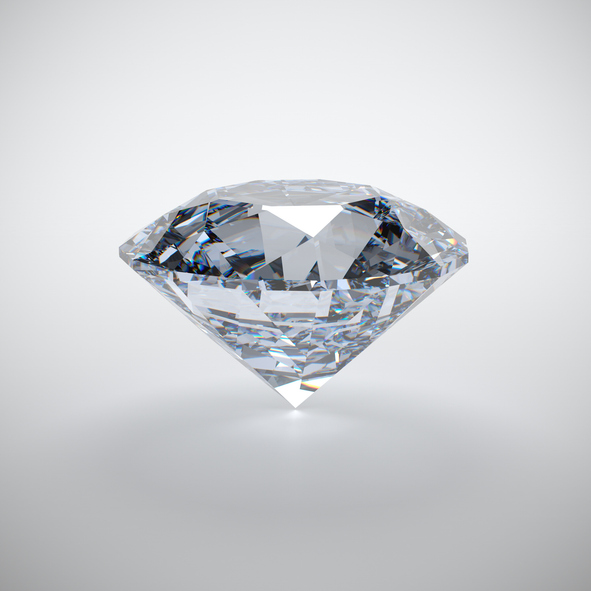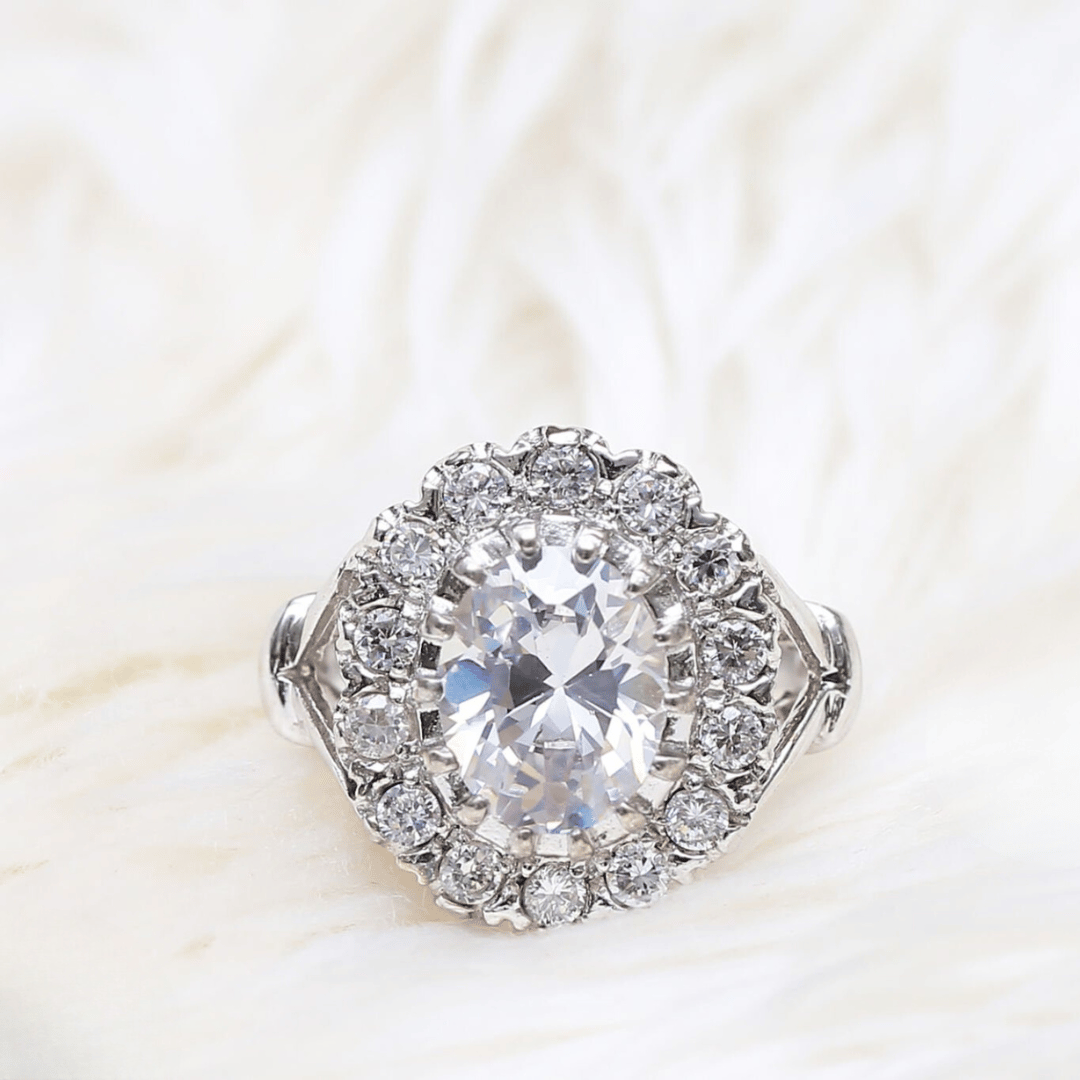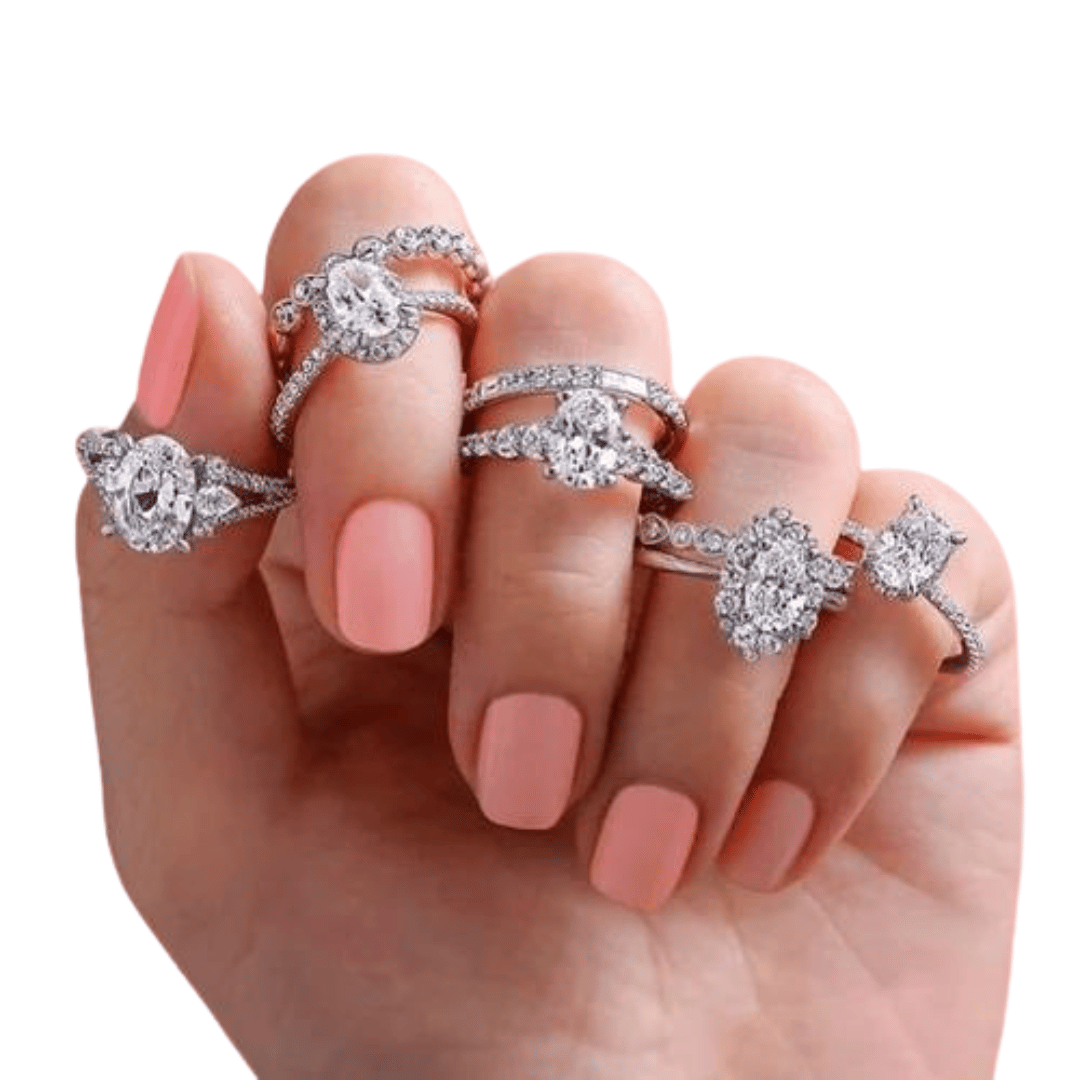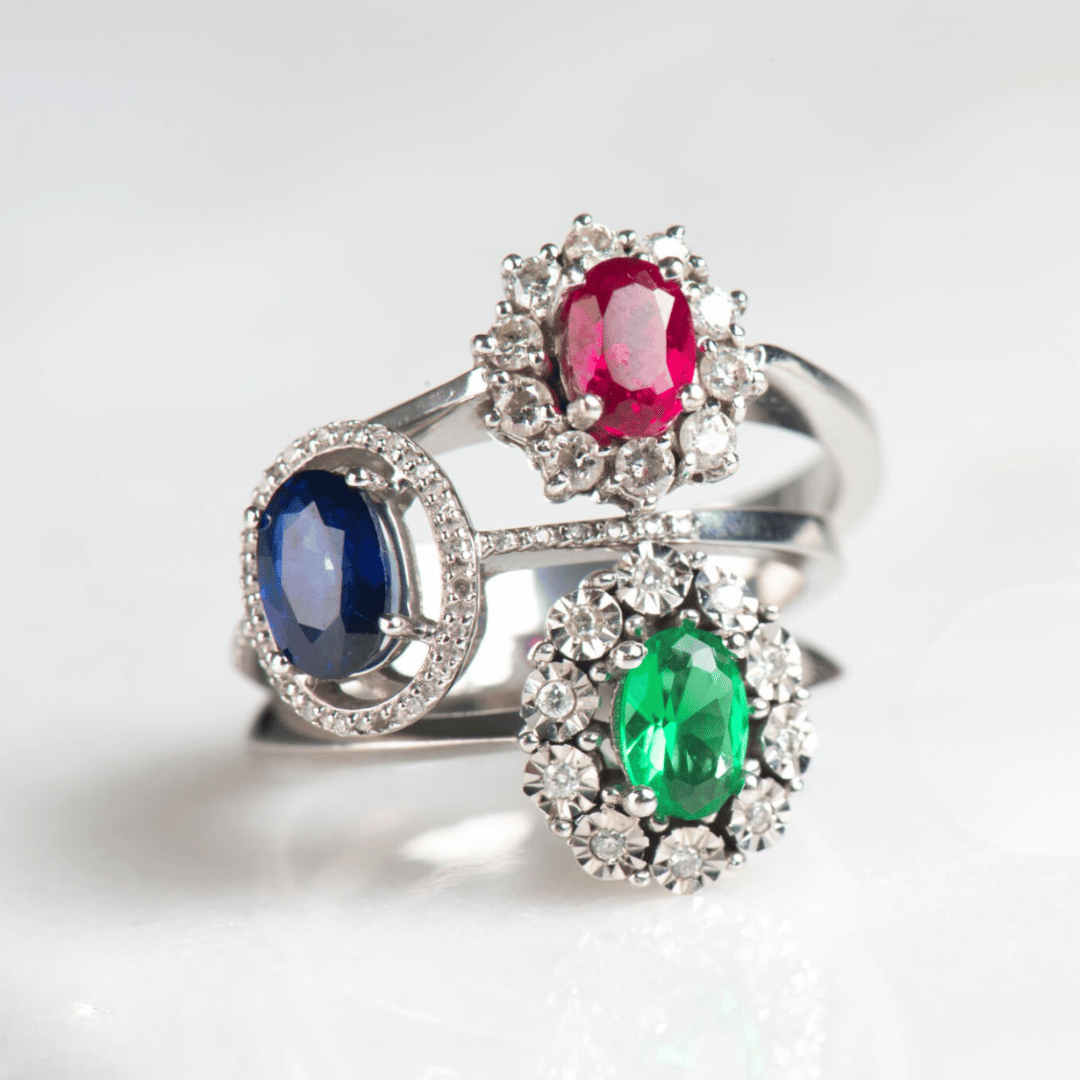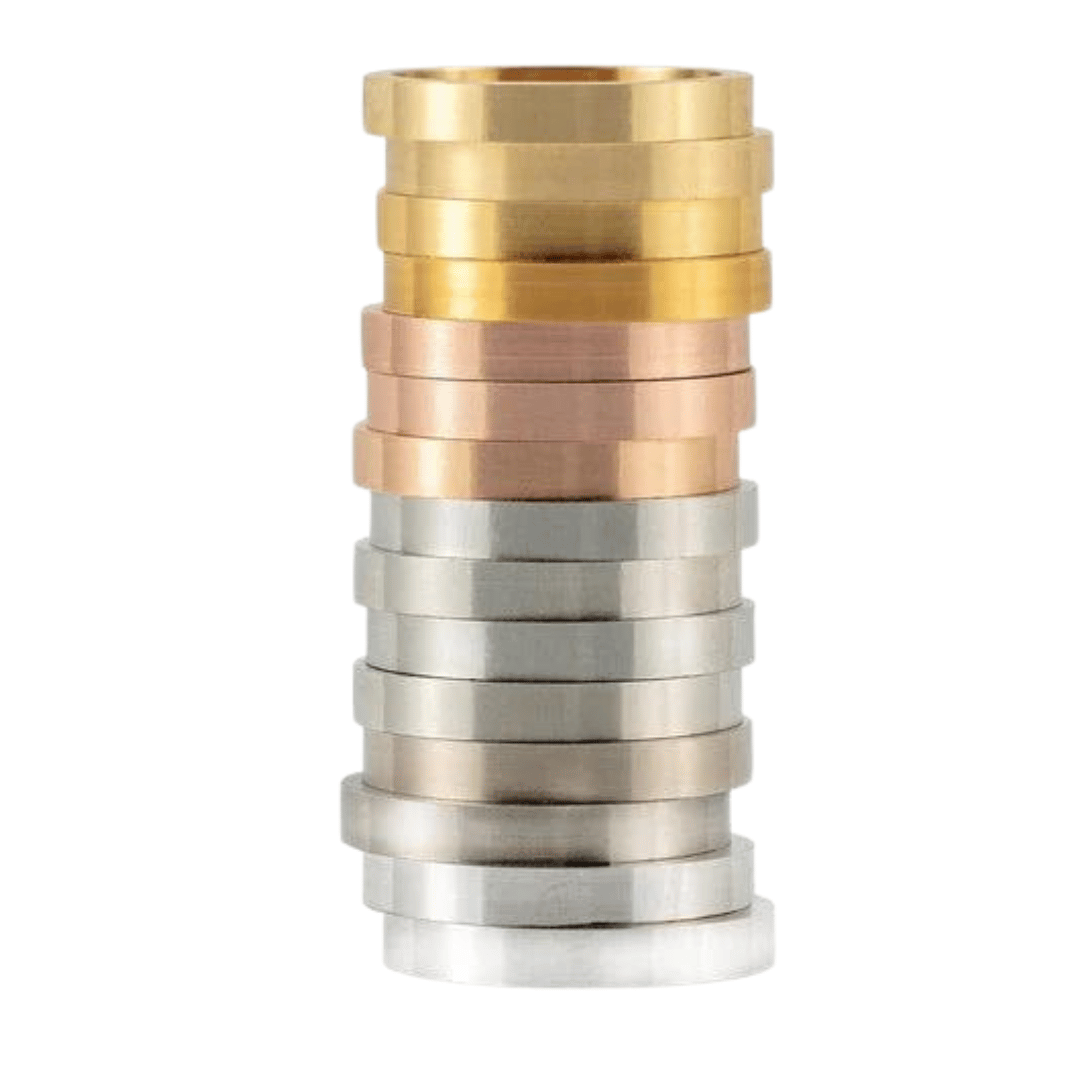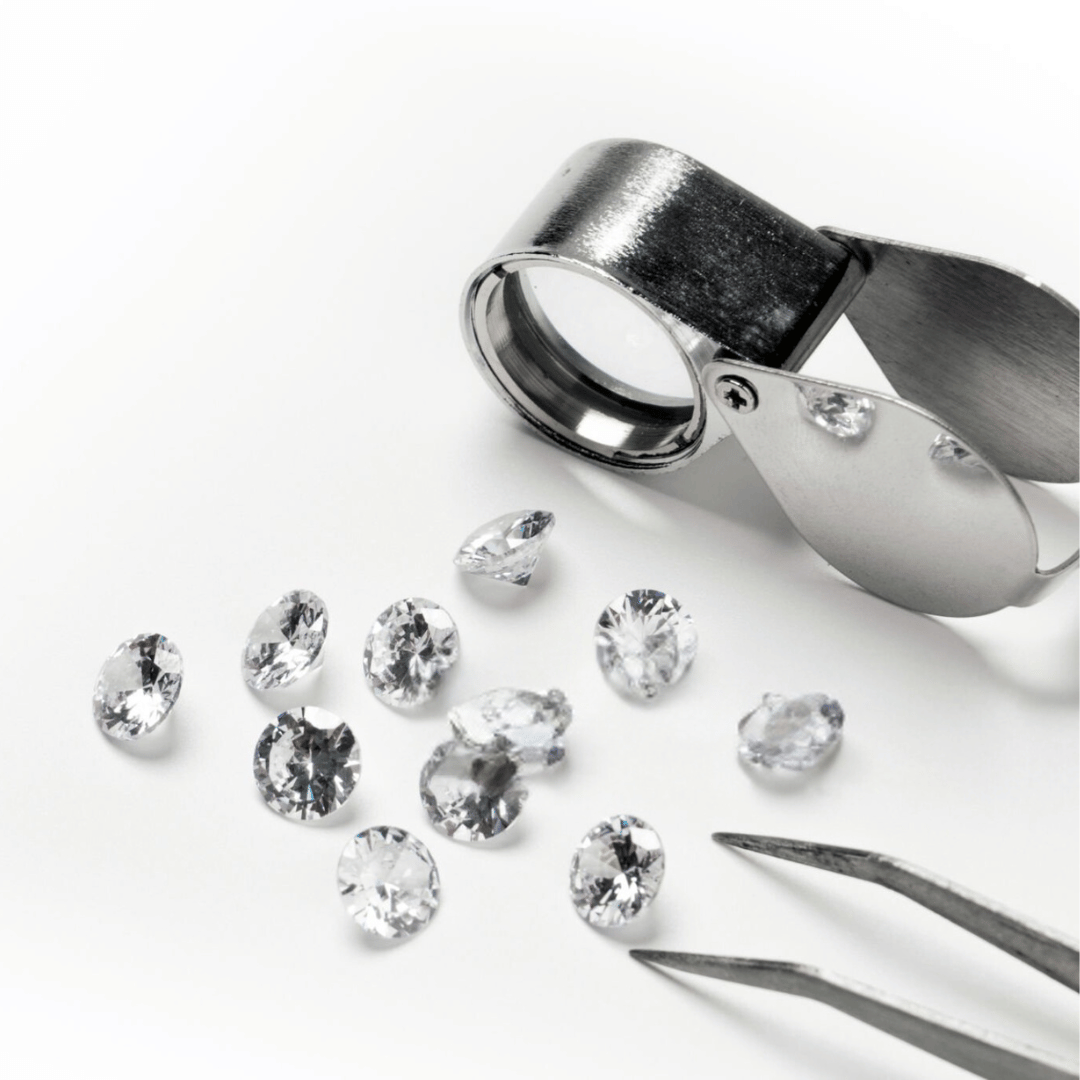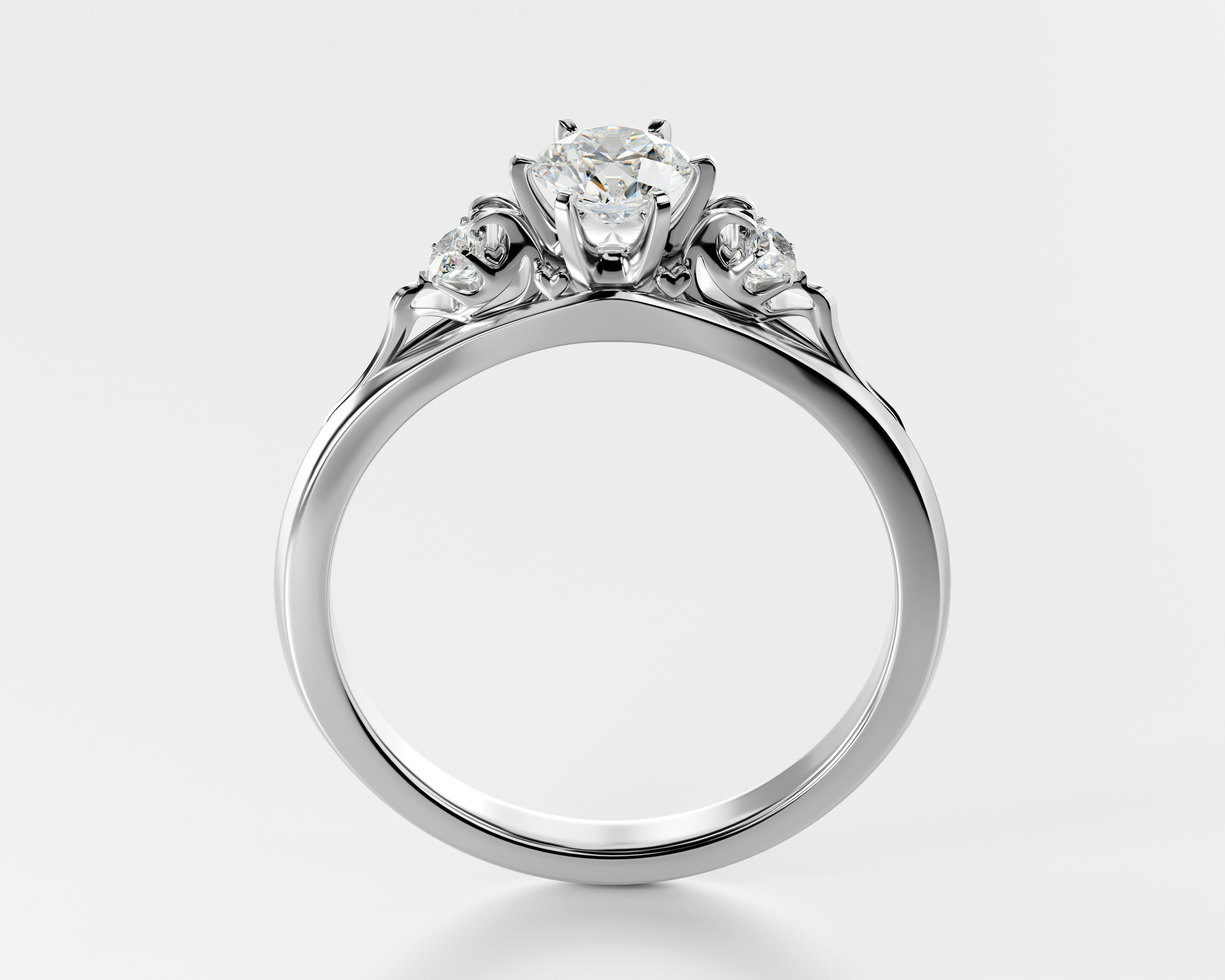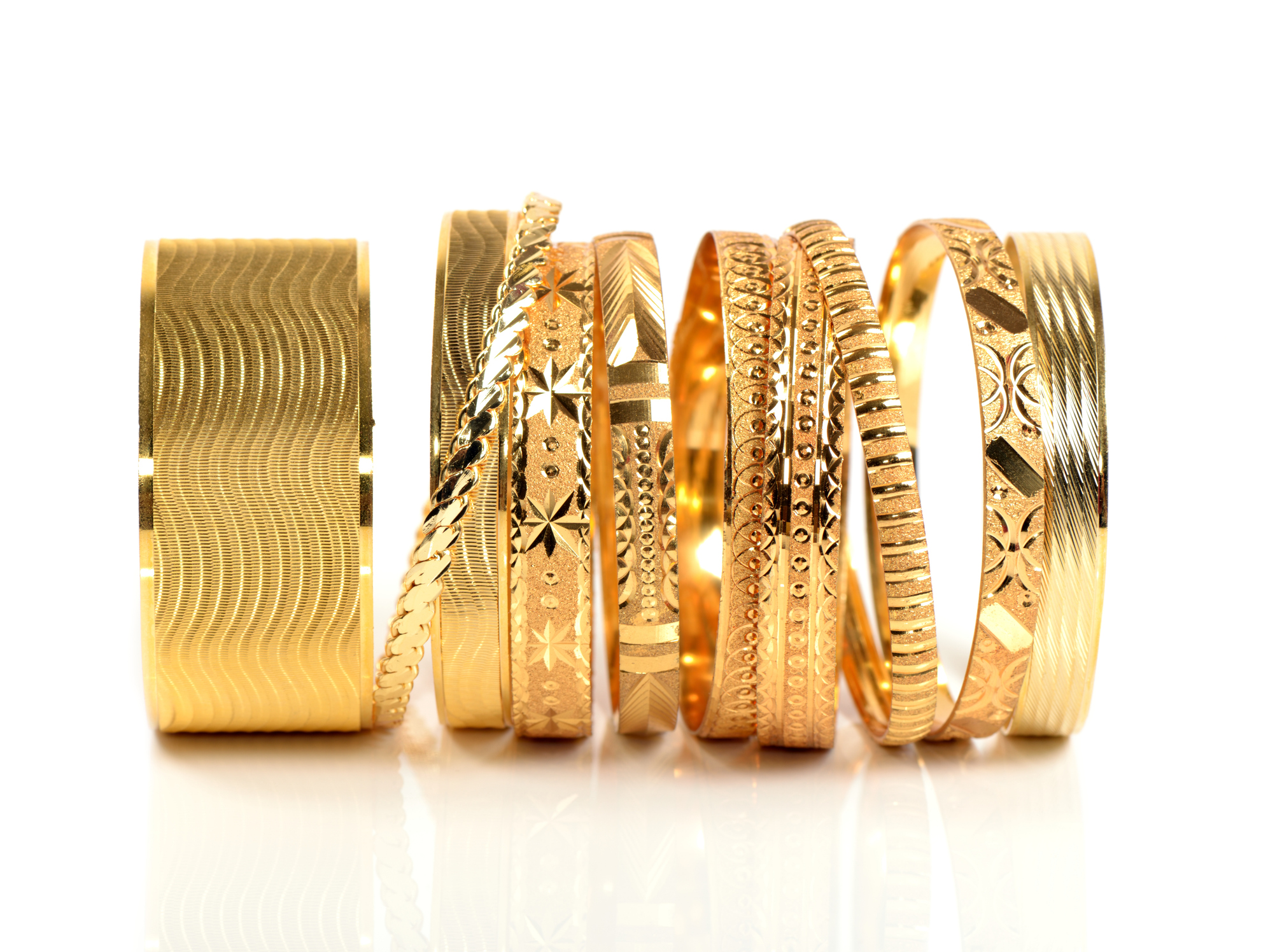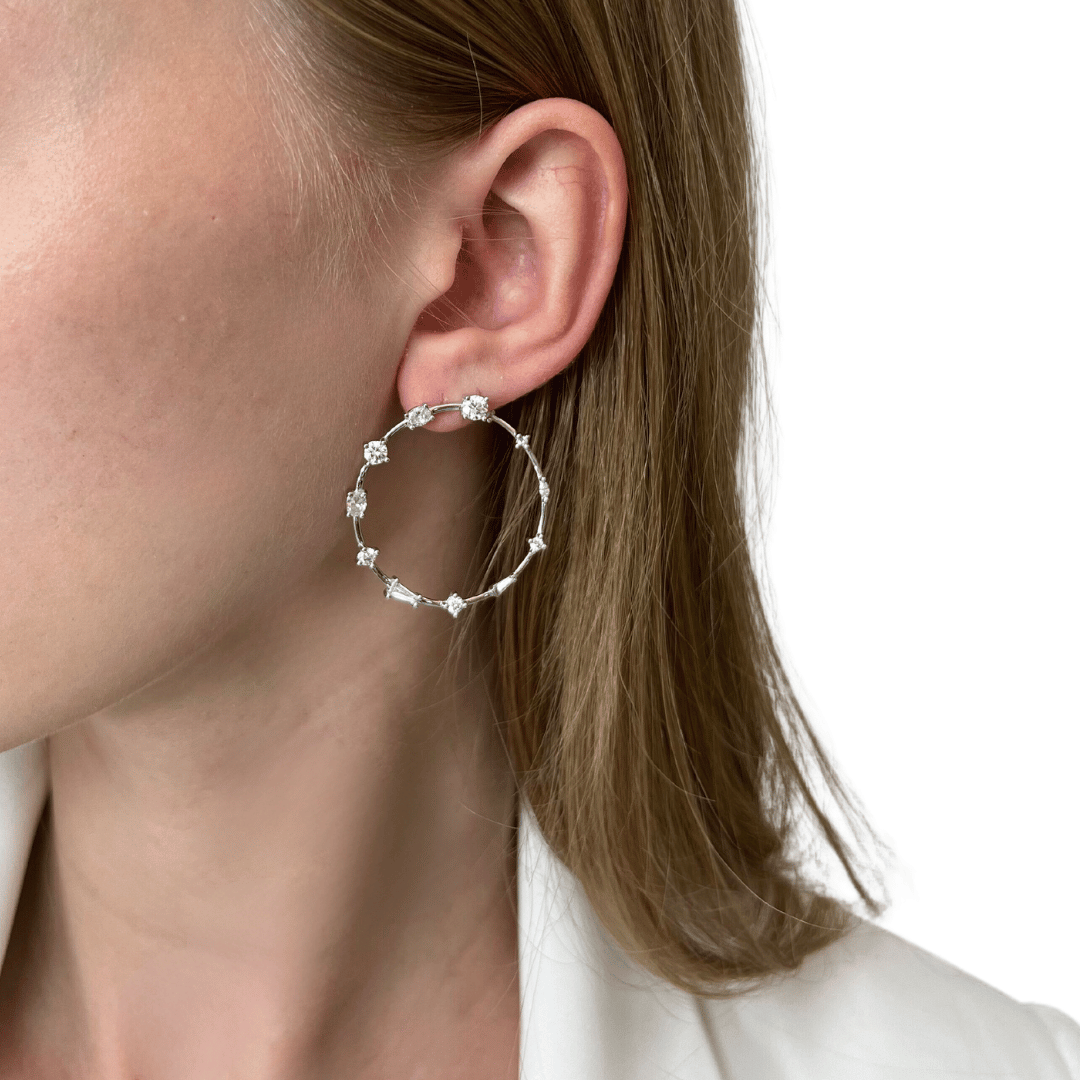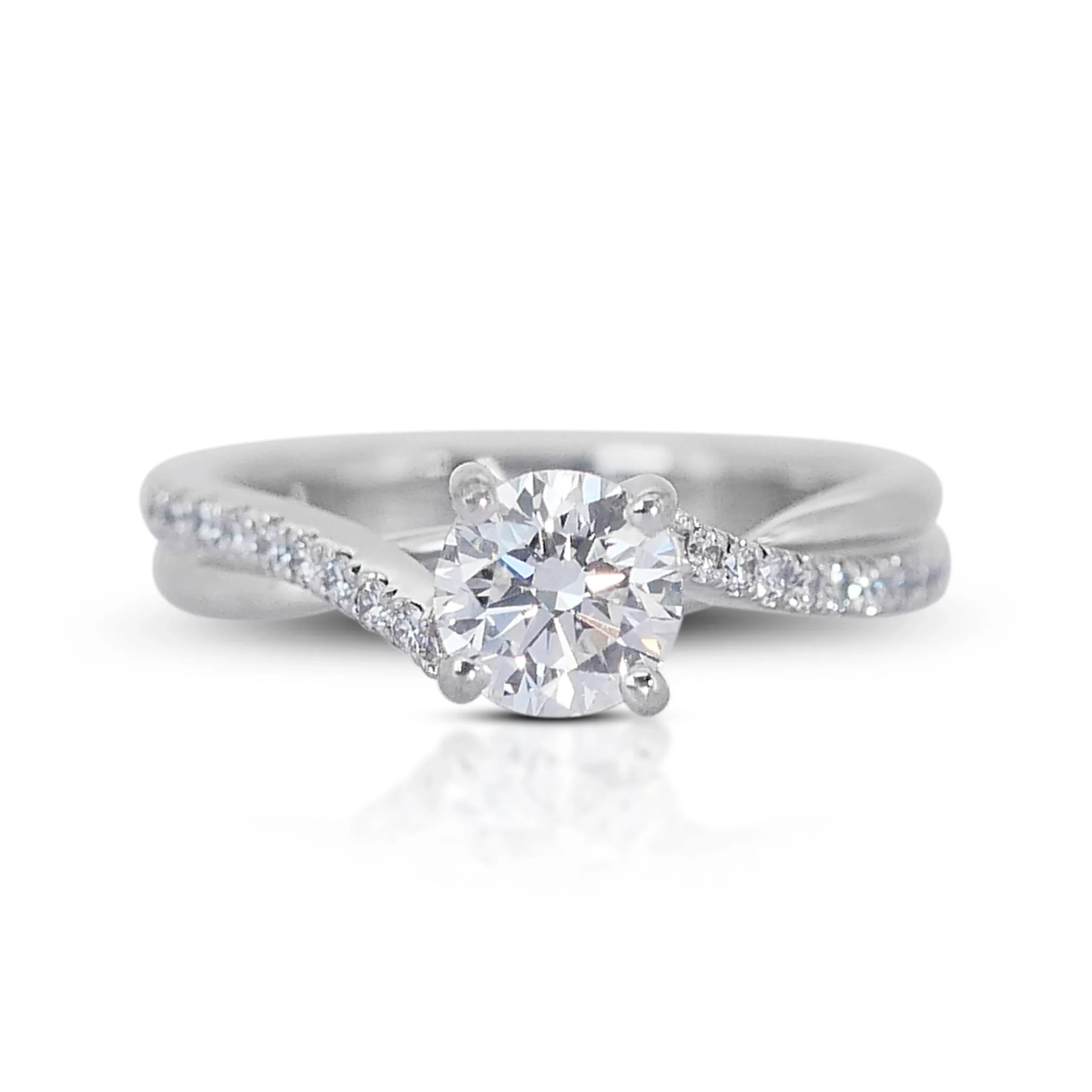How To Spot A Fake Diamond
Key Highlights:
- Difficult to Identify: CZ and moissanite can be tricky, even for jewellers. Mounted stones add another layer of difficulty.
- At-Home Tests Are Unreliable: Weight, transparency, and fog tests aren’t guaranteed ways to spot a fake.
- Trust Professional Tools: Gemological labs and trained gemologists have the equipment and expertise for accurate identification.
- Buy Smart: Reputable jewellers with gemological certificates and independent appraisals offer the best protection.
Identifying a fake diamond can be quite challenging, especially for those who are not trained in gemology. While some diamond imitations are relatively easy to distinguish, others are crafted with such precision that even experienced jewelers may need specialized tools to tell the difference. Whether you’re buying a diamond for the first time or simply curious about how to spot a fake, it’s important to be aware of the various factors that can help you identify an authentic gemstone. From the quality of the cut and the clarity of the stone to the type of materials used in its creation, each element plays a crucial role in determining the authenticity of a diamond. Here’s what you need to know to protect yourself from being deceived by a convincing imitation.
The Difficulty of Identifying Fakes:
- Cubic zirconia (CZ) and moissanite are popular diamond simulants that can be difficult to distinguish from real diamonds, even for jewellers.
- Mounted stones present an additional challenge, as the setting can obscure key identifying features.

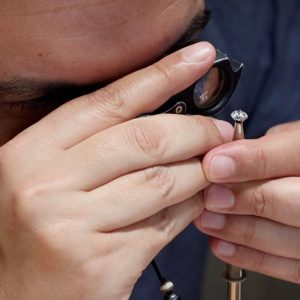
At-Home Tests:
- Weight Test: While some fakes may be heavier than diamonds, this isn’t a foolproof method. Moissanite, for example, is denser than a diamond.
- Transparency Test: Placing the diamond on a newspaper and looking through the pointed end is a common trick. A real diamond will refract light, making the print difficult to see. However, some fakes can mimic this behavior.
- Fog Test: Real diamonds conduct heat well and won’t fog up easily when you breathe on them. However, this test isn’t very reliable either, as some simulants share similar thermal properties.
Professional Tools and Techniques:
- Gemological Labs: These labs use sophisticated equipment like thermal conductivity testers and refractometers to definitively identify a diamond’s composition.
- Facet Inspection: Trained gemologists can examine the stone’s cutting facets for imperfections or inconsistencies that might indicate a fake.
- Ultraviolet Light: Some diamonds fluoresce under UV light, while others don’t. This can be a helpful indicator, but not definitive.


The Best Course of Action:
- Buy from Reputable Jewellers: Always purchase diamonds from established jewellers who offer gemological certificates for their stones. These certificates verify the diamond’s authenticity and characteristics.
- Independent Appraisal: For valuable stones, consider getting an independent appraisal from a qualified gemologist for added peace of mind.
Remember:
If you suspect you might have a fake diamond, it’s best to consult a professional jeweller or gemological lab for a definitive assessment.

Conclusion
Spotting a fake diamond, particularly for the uninitiated, can be a daunting task. Even common stimulants like cubic zirconia and moissanite can be remarkably convincing, especially when the stone is mounted in jewellery. While there are some at-home tests like the weight, transparency, and fog tests, these lack accuracy and shouldn’t be solely relied upon.
For definitive identification, seeking professional intervention is key. Gemological laboratories possess sophisticated equipment and trained gemologists can meticulously examine a stone’s facets to expose inconsistencies. When purchasing diamonds, choose reputable jewellers who provide gemological certificates and consider independent appraisals for valuable stones. Remember, peace of mind is priceless when dealing with precious gems.


